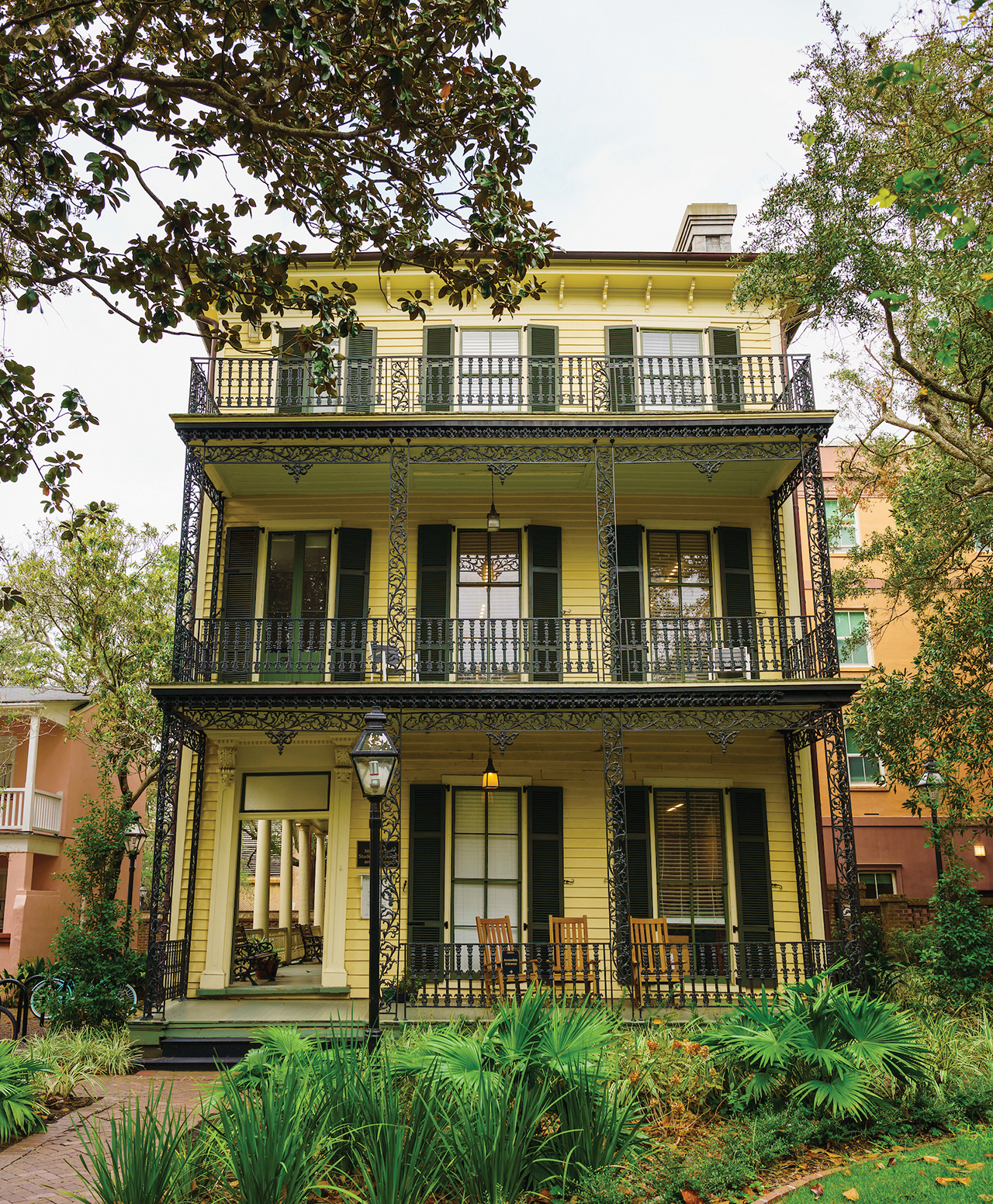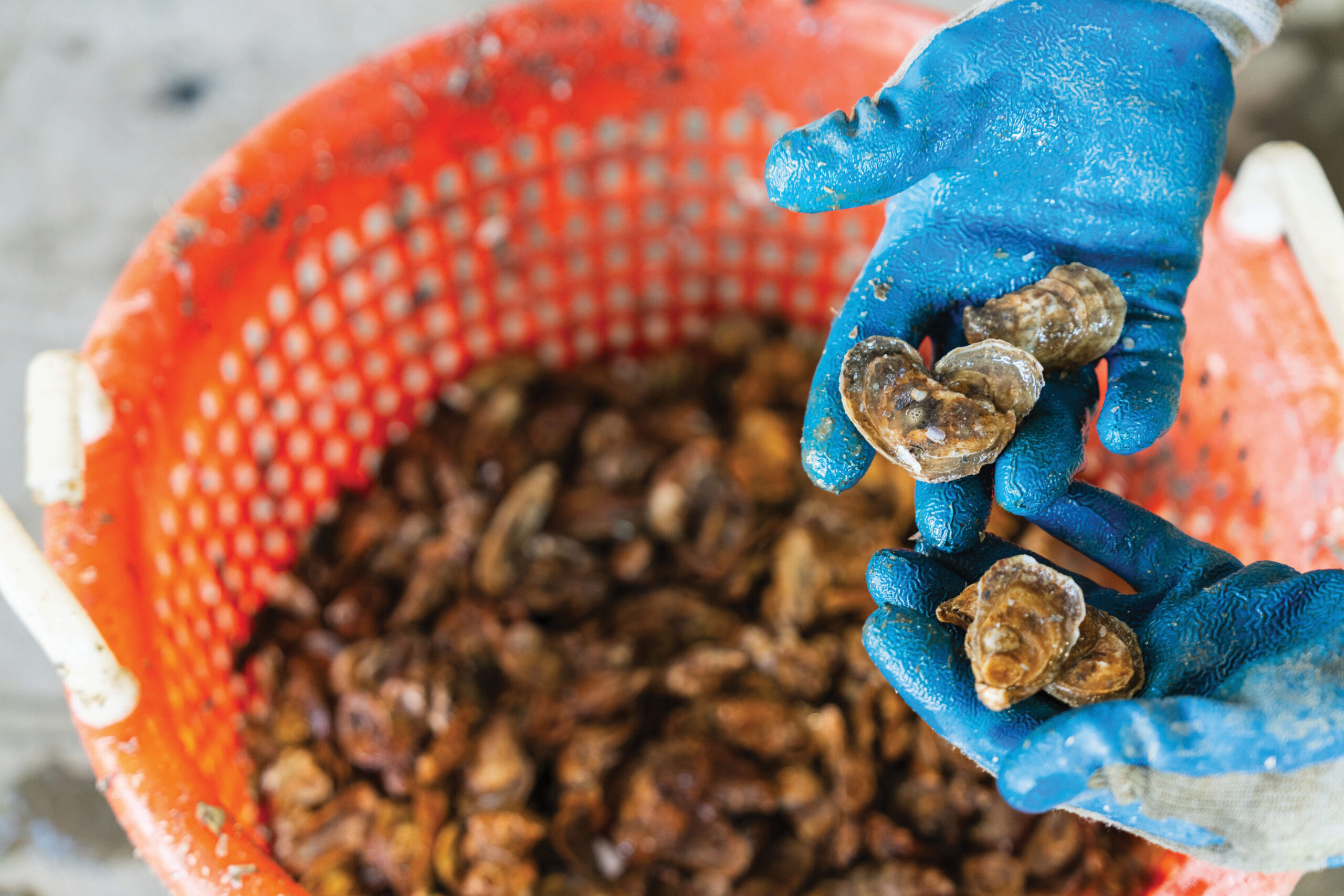Letter From President Andrew T. Hsu - The College Today
Thanks to the diligent work of a commemorative committee, new signage this spring will help tell a more complete story of the College’s history.

This university prides itself on its history. As the first institution of higher education in South Carolina and the 13th-oldest in the country, the College of Charleston should be proud of all that it has achieved since its founding in 1770. We boast a proud legacy of extraordinary accomplishments stretching across centuries.
Through our longevity, the College has been both witness to and active participant in many of this country’s major milestones: wars, storms, economic crises, boom economies, slavery and civil rights. As students, faculty, staff, alumni, friends and visitors move about our beautiful campus – one that has grown in footprint beyond the core of the Cistern, Randolph Hall, Towell Library and Porter’s Lodge – many of our university’s biggest events can be found memorialized in various portraits, plaques and signage.
Of course, not all of our history can be or has been told, and the reasons are far ranging – sometimes purposeful, many times not. For the past several years, a group of faculty, staff and students has been working diligently to rectify some of those omissions so that we might capture and tell a more complete story of our university’s history and its impact. This group, formed in 2021, is the Committee on Commemoration and Landscapes, co-chaired by Julia Eichelberger, Marybelle Higgins Howe Professor of Southern Literature, and Valerie Frazier ’91 (M.P.A.’94), associate professor of English and director of the College’s 1967 Legacy Program. Committee members have been working on several initiatives, from creating and leading historic walking tours to researching and penning historical essays to producing historical interpretive signage.
In spring 2024, the first four historical interpretive signs approved by the Board of Trustees will be unveiled and installed. They will highlight the following locations on and around campus: 14 Green Way (the location of the Multicultural Center), 63½ Coming St. (the site of the new solar pavilion), 9 College Way (the former Book Basement and home of the Department of Communication) and a free-standing Civil War monument at the Fort Johnson Complex on James Island. These interpretive signs will tell the forgotten or untold stories of different people and places, from a little-known Reconstruction-era Black politician who lived near campus to an 1853 slave tag unearthed by students and faculty during an archaeological dig on campus (which Archaeology magazine named one of the top 10 discoveries of 2021).
In order to make our campus more welcoming, more inviting and more inclusive to all, we, as an institution, are finding and capturing more of our history with more of our people. These histories can and should be points of pride for all of us: that people of different backgrounds have contributed to the life of this university and city and have left their mark. The hope is that various historical interpretive signs installed around campus can, in some visible way, help in that important work of remembering.
By uncovering, recording and sharing these forgotten or overlooked stories and figures, we reveal new aspects of the rich, colorful and vibrant tapestry that is the College of Charleston.
– Andrew T. Hsu



